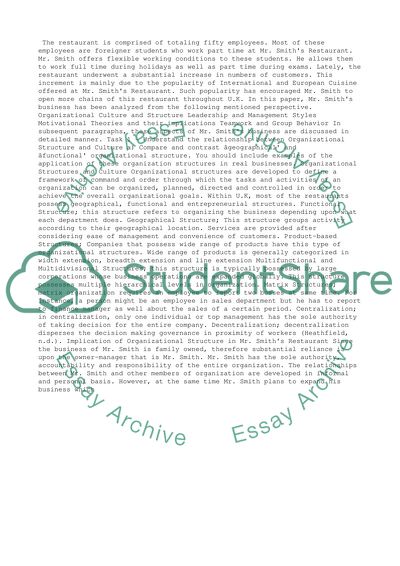Cite this document
(“Implications of Concepts of Organizational Behavior at a Local Essay”, n.d.)
Retrieved from https://studentshare.org/business/1398268-organisation-and-behaviour
Retrieved from https://studentshare.org/business/1398268-organisation-and-behaviour
(Implications of Concepts of Organizational Behavior at a Local Essay)
https://studentshare.org/business/1398268-organisation-and-behaviour.
https://studentshare.org/business/1398268-organisation-and-behaviour.
“Implications of Concepts of Organizational Behavior at a Local Essay”, n.d. https://studentshare.org/business/1398268-organisation-and-behaviour.


